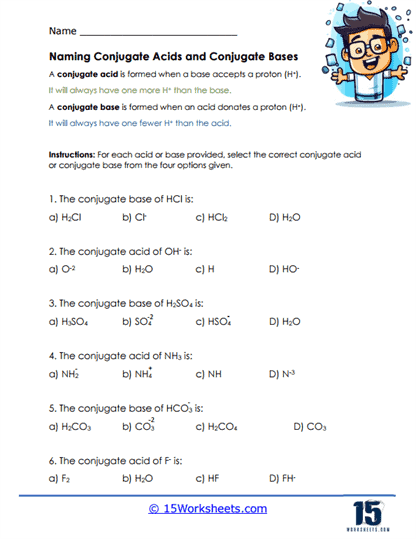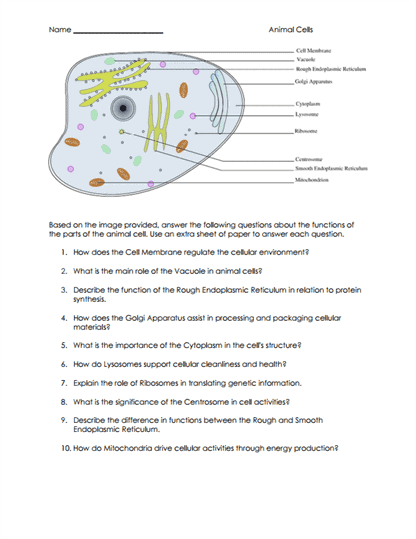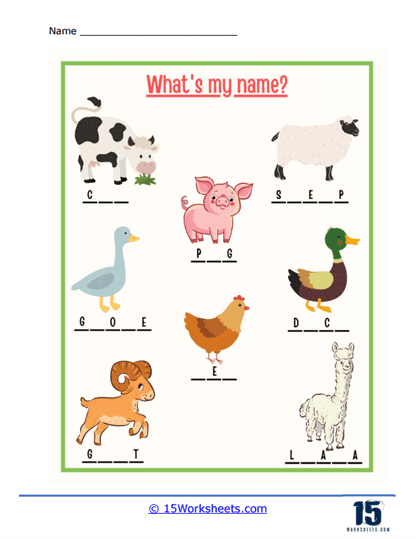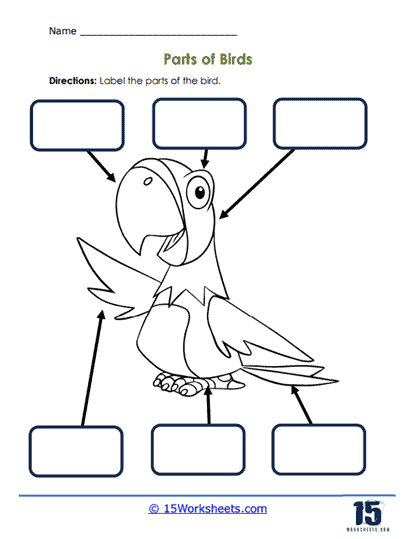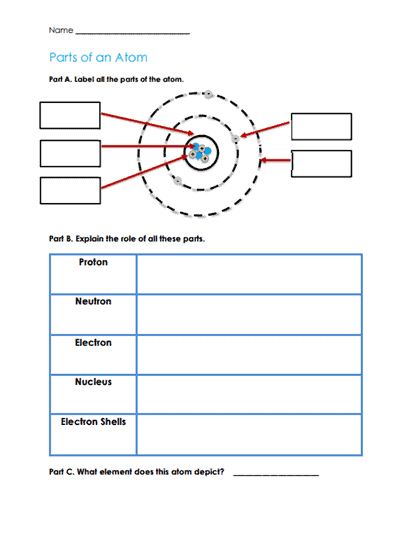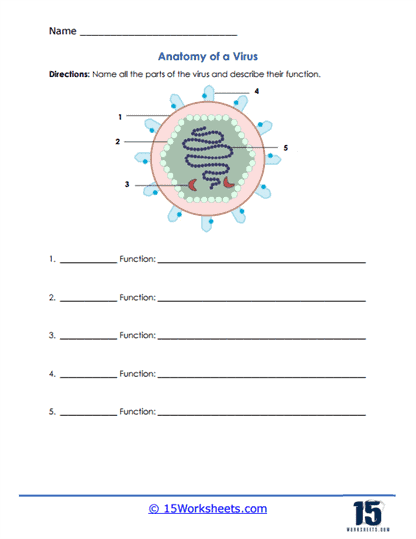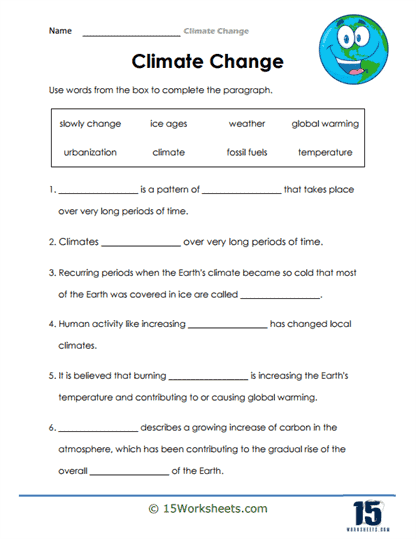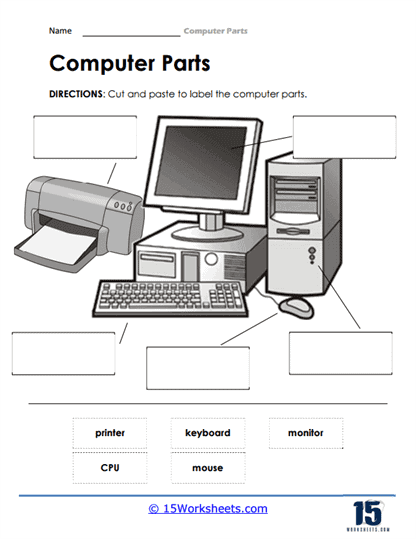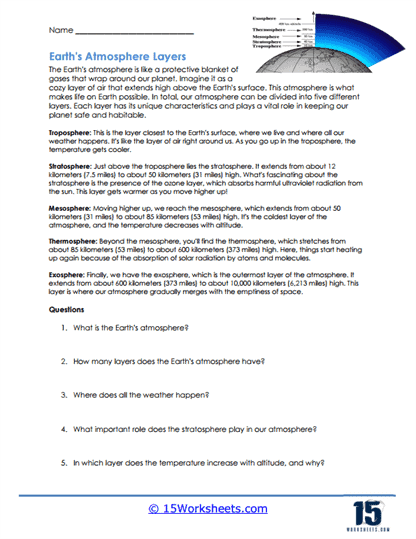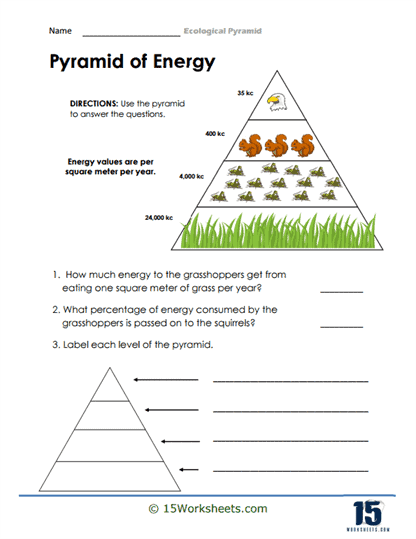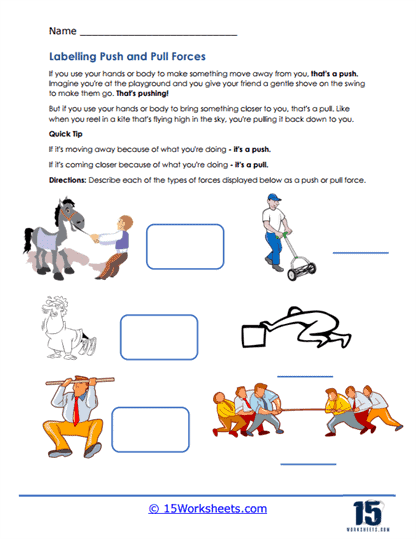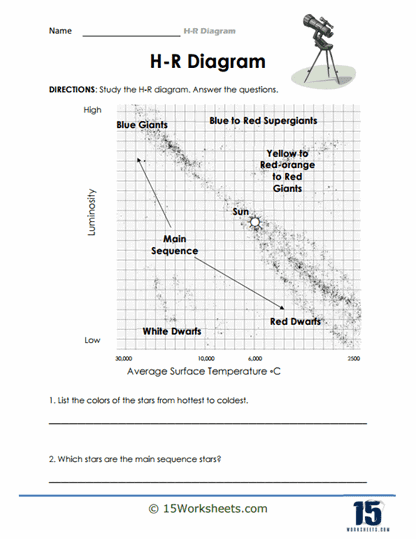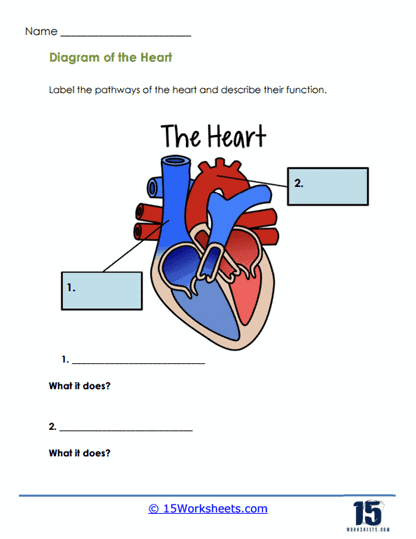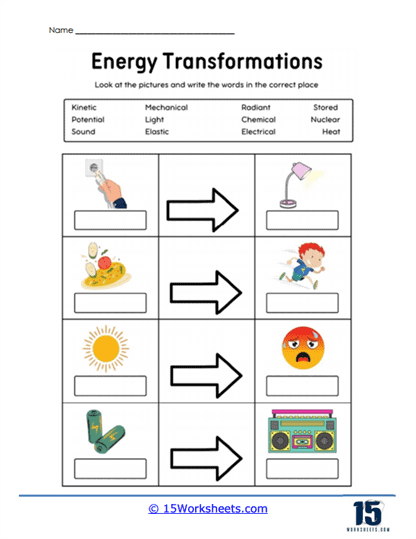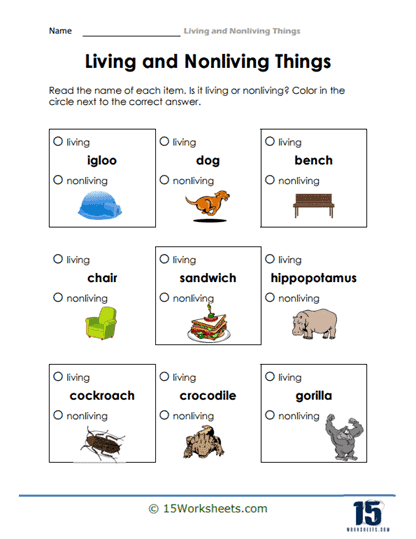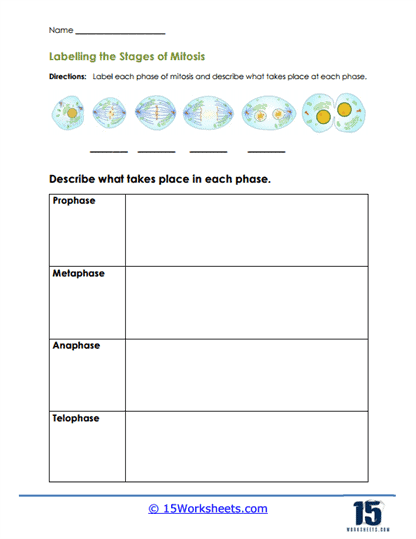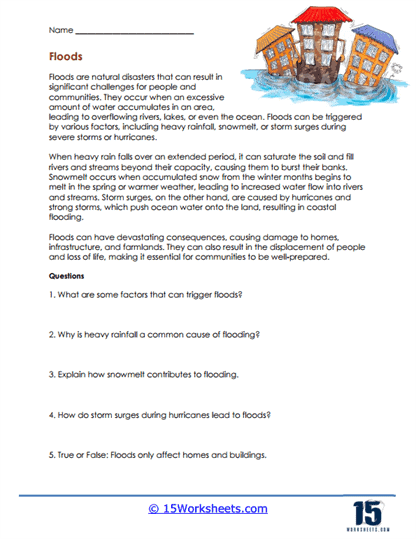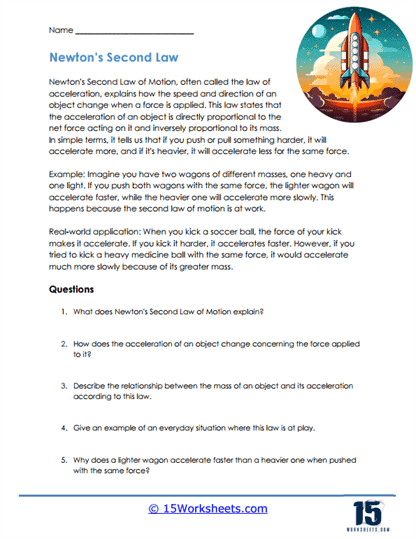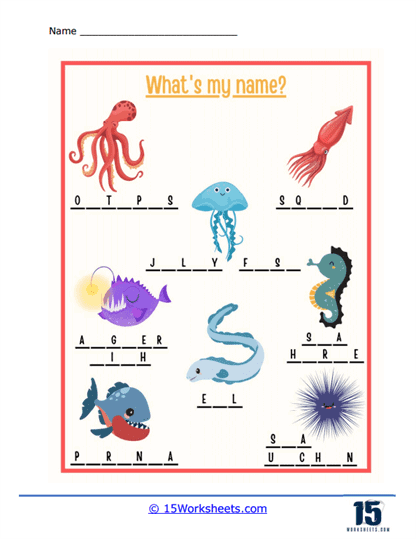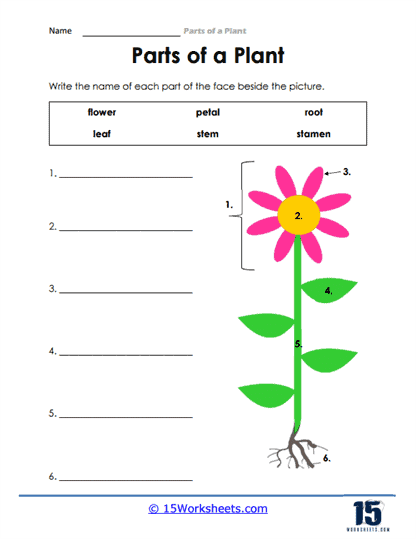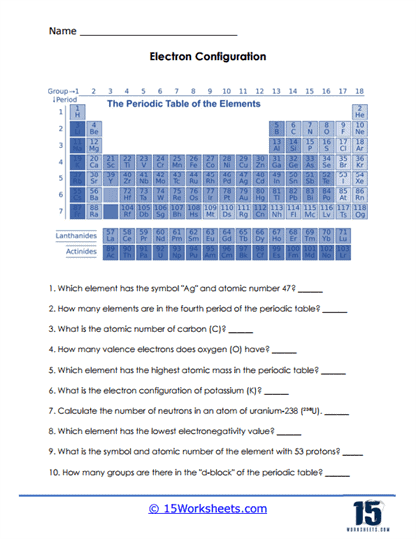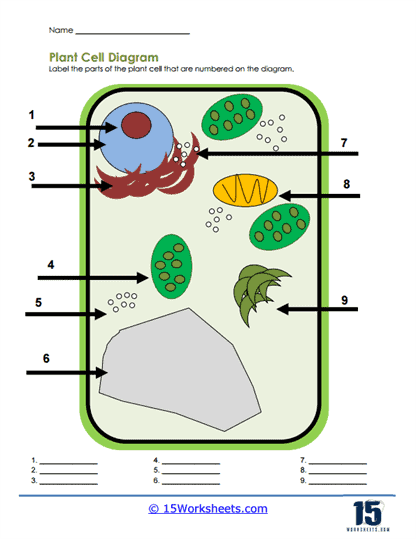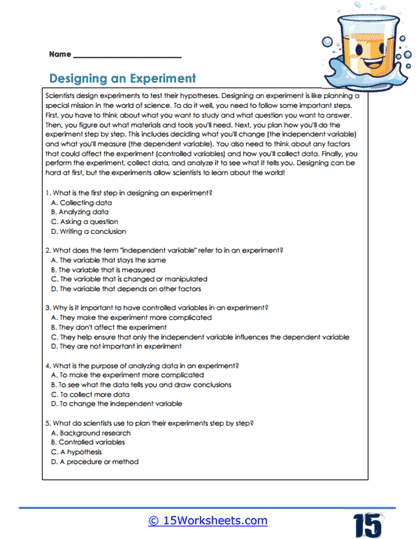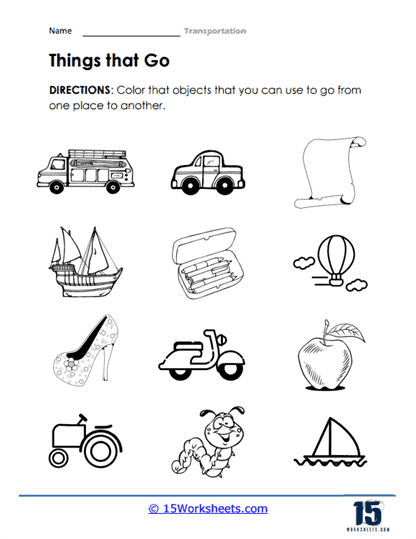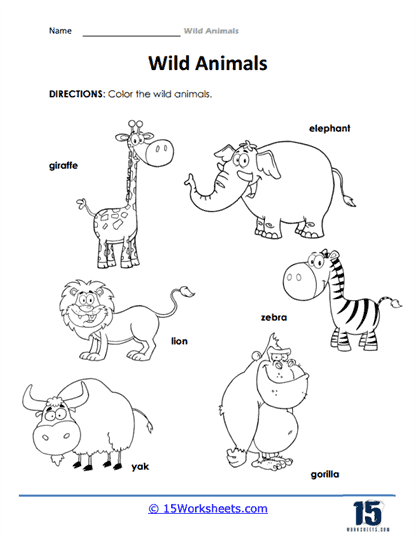Science Worksheets
About Our Science Worksheets
We look at a wide variety of life and physical areas with these sheets. You can expect more sheets that are focused on middle school and high school level material as we have recently added teachers from these levels to our staff recently. We hope you find these works handy.
Students will begin to name common animal that are native to North America and are found across the globe.
As the core greenhouse gases (carbon dioxide, methane, and nitrous oxide) continue to accumulate across the world we should continue to see rising temperatures and dynamic new weather patterns. These gases are being produced primarily through burning of fossil fuels, deforestation, and advances in agricultural.
Students will learn what makes computers tick and how these parts are interdependent upon one another.
These graphical representations help us understand the structure and dynamics of ecosystems by representing the flow of energy/ They are helpful for understanding the dynamic relationships present in an ecosystem.
This is a section of sheets that were developed by a College astronomy professor. These are graphical tools that can be used to study and classify stars based on their brightness and surface temperature.
We student the most diverse group of animals on Earth with over 1 million different species present. We take a more basic approach with the work found here. We name and identify unique behavior of different types of insects.
Living and Nonliving Things Worksheets
Students learn how to identify differences things that can and cannot carry out standard biological processes. We help students learn to sharpen their observation skills.
Students learn to name and classify these saltwater creatures. We learn things like the emperor penguin is the deepest diving bird in the world and can reach depths of 500 meters.
Students will learn the function and structure of roots, stems, and leaves. We will also learn to identify flowers and fruits if they are present.
This is a great way to introduce students to common vehicles that they may have the ability to travel on.
Students learn to classify animals as being found in the wild and we begin to investigate how these animals may act different than our domesticated pets.

